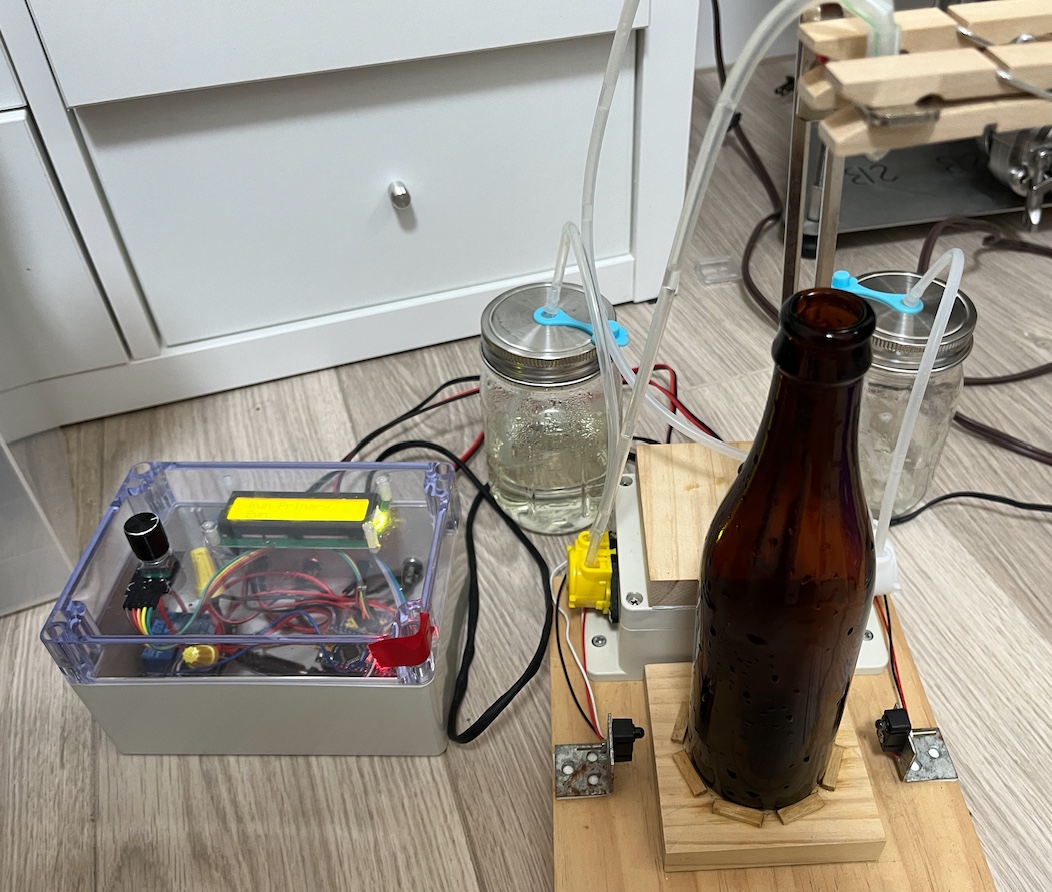When I was using a cooler MT I would empty the MT into the BK and pour the sparge water onto the grain, give it a quick stir and drain that into the BK. I always got really good extraction.
This is how I do it as well. Super easy. efficiency in the high 80's without much work.
Eventually I want to cycle back and try bottling an NEIPA testing the impact on Ascorbic Acid and/or Potassium Metabisulfite. But I probably need a few iterations of brewing a NEIPA to get it where I want first.
I'd guess this is where it would be more noticeable. You could maybe put a little from the keg in bottles (in case "bottling" meant the more classic method)? Pinch of AA in one, none in the other? Could also do it anytime, honestly, no need for a good recipe - just something hoppy.
Just thinking out loud, may have already though of all of it.






































![Craft A Brew - Safale S-04 Dry Yeast - Fermentis - English Ale Dry Yeast - For English and American Ales and Hard Apple Ciders - Ingredients for Home Brewing - Beer Making Supplies - [1 Pack]](https://m.media-amazon.com/images/I/41fVGNh6JfL._SL500_.jpg)




















